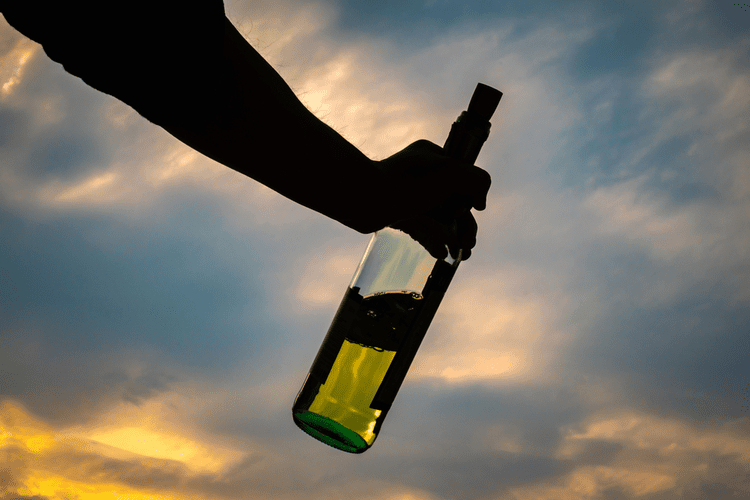Alcoholic Nose: Symptoms, Causes, And Treatments
Drinking alcohol can wreak havoc on the vascular system as the brain fails to regulate its functions. While it primarily affects the nasal area of Caucasian men between the ages of 50 and 70, people of all ages and skin tones can have the condition. If you or a loved one are ready to begin the journey toward a substance-free life, we’re standing by to take your call. Reach out to our Recovery Advocates to learn more about our treatment programs and find a plan that works well for your specific needs and situation.
Lifestyle Management and Prevention

Small, red bumps and blemishes with pus, called abscesses, may occur on the face due to this infection. According to the National Rosacea Society (NRS), over 16 million Americans are impacted by rosacea. Rhinophyma — also sometimes referred to as “alcoholic nose” — is a physical condition that many people assume is caused by alcohol use disorder (alcoholism). Yet chronic alcohol abuse can worsen the condition (rosacea), which leads to drinker’s nose when left untreated. With that being said, if you have either of these skin conditions, your symptoms may be worsened if you consume alcohol. With that being said, not many people will go on to develop rhinophyma.

Treatment Success Stories

While excessive alcohol consumption can lead to a number of health problems, a red and bumpy nose has, thus far, not been found to be one of these issues. However, alcohol use disorder is treatable with detox, inpatient rehab programs, and other treatment services. Common treatment options include medication, behavioral therapies, and 12-step support groups. If you’re worried about alcohol consumption leading to drinker’s nose or rhinophyma, you may also show signs of alcohol abuse. According to more recent studies, however, the definitive link between alcohol consumption and rhinophyma has been disproven. Many people who did not drink alcohol regularly or who were not suffering from alcohol use disorder have been diagnosed with the condition.
- If you’re concerned about the effects of alcohol on your nose, you may want to consider cutting back on your consumption.
- With that, it is important to recognize the signs of a drinker’s nose to adjust accordingly — prior to full development.
- For heavy drinkers and those with an alcohol use disorder, the remaining alcohol leaves the body via breath, sweat, and urine.
Rhinophyma and Alcohol Treatment
Regular check-ups with a dermatologist can help monitor the progression of rosacea and catch any early signs of rhinophyma. Early detection allows for timely intervention, which can prevent the condition from worsening. alcoholic nose photos Surgical interventions are usually considered when other treatments have failed. These procedures can significantly improve the appearance and function of the nose but require a recovery period. Genetics play a significant role in the development of rosacea and, subsequently, rhinophyma. If you have a family history of rosacea, you may be more prone to developing this condition.
- This also is not funded by the NHS, and reconstructive surgery can cost tens of thousands.
- That said, exceedingly few people with Rosacea develop an alcoholic nose.
- It seems to involve a mix of problems with how blood vessels and nerves work, along with how the immune system responds naturally in the body.
While getting answers to questions like “What does a purple nose indicate? ” is understandable for addressing the surface issue – the key question here is “What is alcohol doing to my body? ” It’s important to realize that alcohol doesn’t just affect the nose; it impacts Sober living home the entire body. Chronic consumption can lead to liver damage, heart disease, weakened immune function, and mental health issues. Alcohol also dehydrates the skin, disrupts blood circulation, and accelerates aging, contributing to visible signs of wear and tear on the body.
